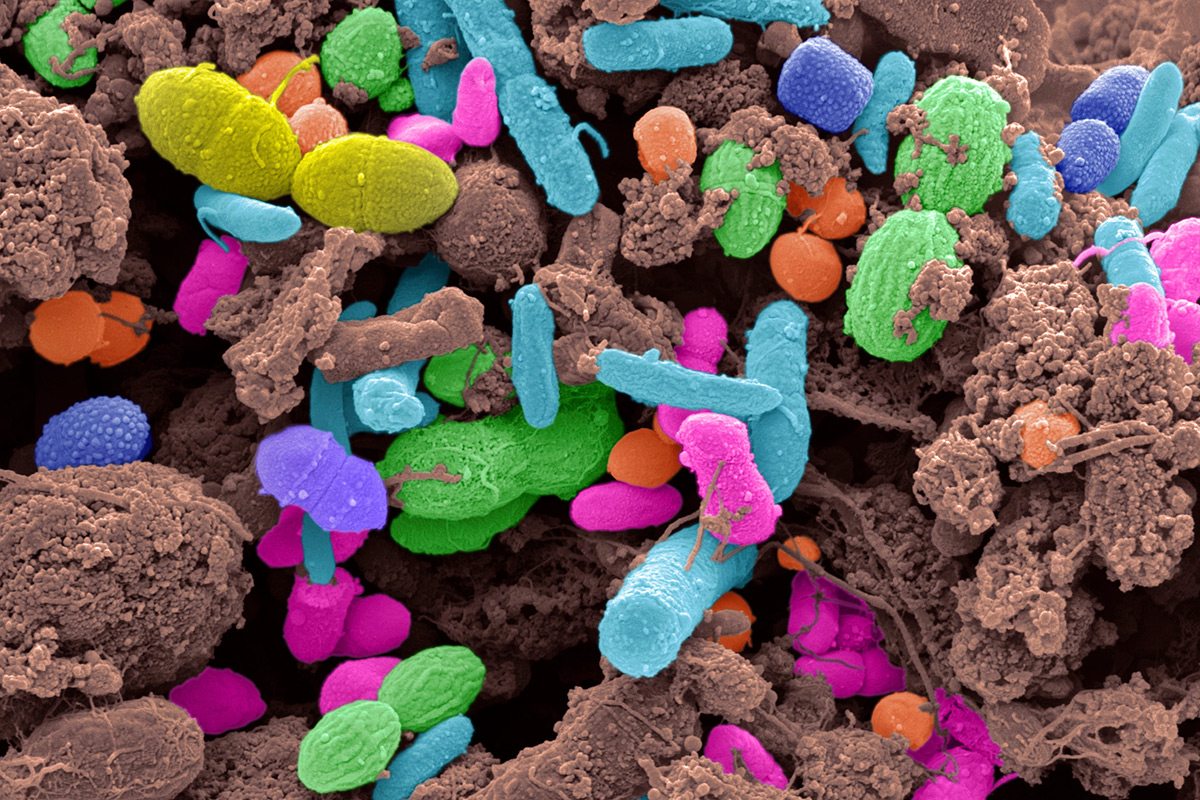“Multigenerational Memory”: Bacteria Pass On Wisdom to Descendents
It’s always fascinating when science defies itself. It’s well established that physical traits are passed down, but Mendelian genetics long ago supplanted the idea that acquired trait could be inherited. Still, interest in Lamarckism has never died as studies in the field of epigenetics have raised the possibility of inheritance of behavioral traits acquired by the previous generation.
Now, a UCLA-led study has discovered that bacteria have a “memory” that passes sensory knowledge from one generation of cells to the next, all without a central nervous system or any neurons.
“This is a huge surprise to us and to the field,” said Gerard Wong, a professor of bioengineering and of chemistry and biochemistry, member of the California NanoSystems Institute at UCLA and one of the study’s senior authors.
Biofilm is an association of micro-organisms in which microbial cells adhere to each other on a living or non-living surfaces within a self-produced matrix of extracellular polymeric substance. Bacterial biofilm is infectious in nature and can results in nosocomial infections. According to National Institutes of Health (NIH) about about 65% of all microbial infections, and 80% of all chronic infections are associated with biofilms.
Bacterial biofilms can also form in surgical implants like
artificial hips which sometimes causes implant failure. Biofilms are composed of genetically identical bacterial cells that adhere to nearly any surface.“The first step in forming a biofilm is that bacteria must sense the surface and develop the ability to attach,” Calvin Lee, a UCLA graduate student, and the study’s co-first author. “For the first time, we were able to follow the behavior of entire lineages of individual cells, and we discovered that the descendants could remember the surface sensing signals of their ancestors.”
In the course of their study, the scientists studied a strain of bacteria called Pseudomonas aeruginosa that forms biofilms in the airways of people with cystic fibrosis and causes persistent infections that can be lethal.
To analyze cells that are in the process of “sensing” the surface, the scientists used a multigenerational cell tracking method that was developed by Wong’s research group, along with several other data analysis methods, including one signal processing technique that is more commonly used to analyze pitch in music — the first known application of this technique for biological measurements.
Their approach revealed that two events were linked in a rhythmic pattern: the expression of cyclic AMP, a signaling molecule inside bacterial cells, and the activity level of type IV pili, the appendages on bacteria cells that are involved in the cells’ movement. The study revealed that the events are separated by only a few hours.
“Bacteria sense and remember via this rhythmic pattern, which is pivotal for their decision to suppress motility, become stationary and ultimately attach to a surface irreversibly and form a biofilm,” Wong said.






























